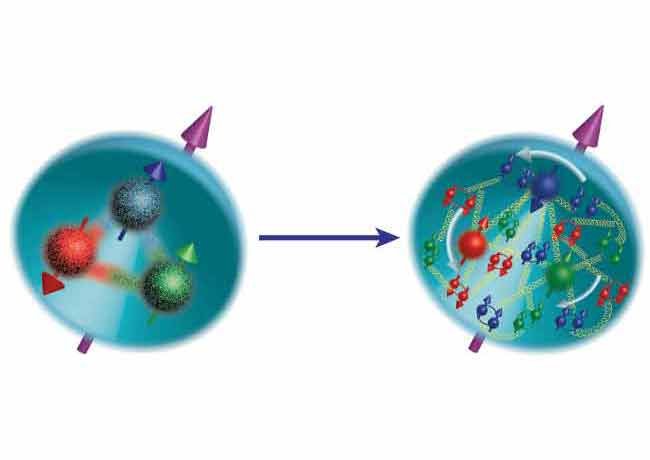Professor Kovchegov’s paper on the proton structure has been featured in DOE Highlights

Professor Yuri Kovchegov's scientific research was recently published in The Department Of Energy Office of Science highlight, “New Theoretical Contribution Helps Examine the Internal Rotation of the Proton."
"Scientists at the Ohio State University and the Center for Nuclear Femtography have used quantum chromodynamics (QCD), the theory that describes interactions of quarks and gluons in protons, to better understand how quarks are distributed inside of a proton. Concentrating on the quarks carrying a small fraction of the proton’s momentum, they calculated their contribution to the so-called Sivers function of the proton. The Sivers function measures how many more quarks in the proton move to the right than to the left of the plane created by the proton velocity and the direction of the proton’s rotation (spin) axis (for a proton whose rotation axis is perpendicular to its velocity).
The researchers found that, based on QCD theory, the quarks carrying a small fraction of the proton’s momentum should contribute significantly to the Sivers function. If confirmed by the future Electron-Ion Collider experiments, this would help scientists understand how such quarks contribute to the rotation of the proton around its spin axis (illustrated in the attached figure), giving us a new insight into the proton’s inner structure." (article excerpt)

Congratulations, Professor Kovchegov!
